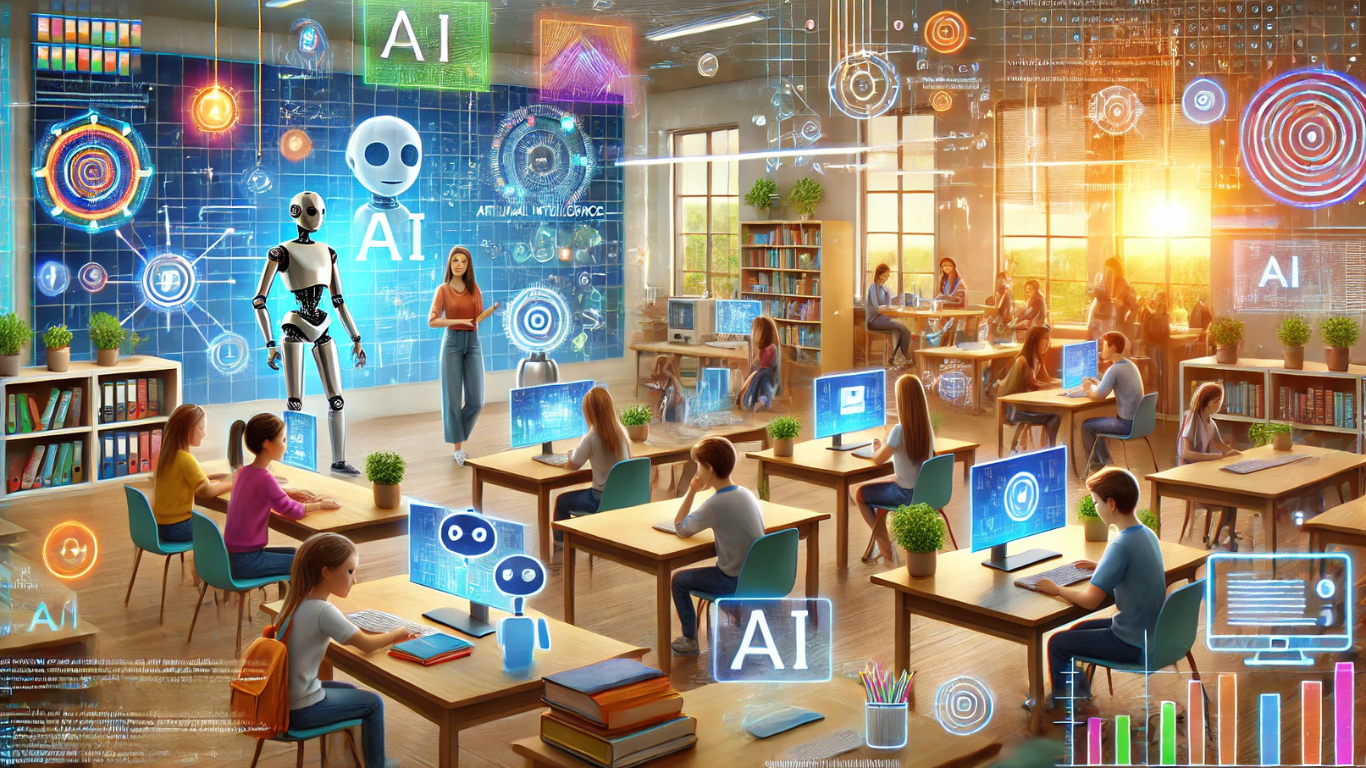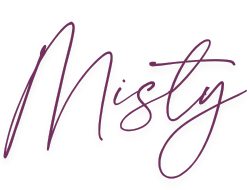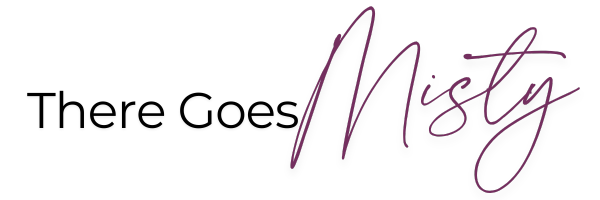
Student Use of AI: Embracing Change, Not Fighting It
Education is no stranger to change. From my early childhood days of chalkboards and copious amounts of printed worksheets to the integration of Chromebooks and Google classrooms, every new decade has brought with it new challenges and opportunities in education.
Now, we are in the thick of a new challenge and opportunity (depending on your perspective): Generative AI tools like ChatGPT and Claude.ai. While some educators are wringing their hands over the thought of misuse, plagiarism, or “dumbed-down” kids, I believe the real conversation should be about how to prepare our children for the future by leveraging these tools responsibly and effectively.
What Is ChatGPT, and Why the Fuss?
In case you’ve been living under a rock, ChatGPT and Claude.ai are both Gen AI tools capable of producing human-like text based on the input or prompts it is given. It can generate creative writing, answer a variety of questions you ask, and it can even have a conversation with you if you’re into that sort of thing. For students, it’s like having a personal research assistant. For teachers, it’s a double-edged sword; full of potential but also rife with short-cutting typical learning methods or flat-out cheating.
The backlash against AI in academics has been harsh. Schools have banned it, and teachers have developed a critical eye for anything that looks “too good” to be written by students. Enter the AI detector; a tool that claims to sniff out whether a piece of text was written by AI. Unfortunately, these detectors have about as much accuracy as a weather forecast for two weeks from now.
I’ll dive into AI detectors in a future blog post later demonstrating how my experiment resulted in these so-called reliable detectors flagging human content as AI-generated, and AI-generated was flagged as human-generated. Here’s a fact worth noting: OpenAI, the creator of ChatGPT, announced their own AI Detector tool last January, promising to identify whether something was AI-generated. Well… six months later, they quietly retired the tool, citing its low accuracy. These tools can’t be trusted to make definitive judgments, and penalizing students based on their flawed conclusions is simply unfair.
Reframing the Conversation: From Fear to Opportunity
Instead of focusing on how to combat ChatGPT and other AI tools, educators and students alike should focus on how to utilize it correctly and ethically, while also ensuring that students are still learning. The truth is that generative AI isn’t going anywhere. It’s already being adopted across many industries, and future professionals, IT or not, will need to be proficient in its use. Fighting its presence in the classroom is like banning calculators in math class. They’re tools, not replacements for learning.
So, how do we use AI tools ethically and responsibly in education? Here are a few ideas:
1. Teach Students to Collaborate with AI, Not Depend on It
Students should be encouraged to use tools like ChatGPT for research, brainstorming, and initial drafts. But the ideas must come from them. For example, ChatGPT can help outline an essay or suggest alternate ways to phrase a sentence. However, students should remain the architects of their work.
AI is prone to “hallucinations” (no, not the psychedelic kind). These occur when the AI confidently provides incorrect or fabricated information. For students, this means they can’t blindly trust ChatGPT’s output. They have to fact-check, cross-reference, and validate the information. Ironically, this can lead to deeper learning because they’re forced to engage critically with the material rather than taking it at face value.
2. Redefine How We Assess Learning
If students are going to use AI tools, how do we ensure they’re learning? It’s a valid concern, but the answer lies in broadening the ways we assess knowledge and skills. Here are a few ideas:
- Oral Exams: Engage students in one-on-one or group discussions where they explain concepts or defend their arguments. This ensures they truly understand the material.
- Class Discussions: Encourage active class participation to measure comprehension and critical thinking.
- Live Writing Exercises: Assign essays or responses to prompts in a controlled environment where students write without external tools.
- Project-Based Learning: Let students use AI tools to create something meaningful: a research report, presentation, or digital artifact, and evaluate their process, not just the final product.
These methods of using AI together with traditional learning, not only discourage over-reliance on AI but also align with real-world skills like communication, teamwork, and problem-solving. That is an education I’d like my own children to be a part of!
3. Normalize the Use of AI as a Tool, Not a Crutch
Is using ChatGPT any different from using a spellchecker or grammar-checking tool? What about calculators for math? Let’s be honest…none of us old folks are writing essays with quill and ink and I have my calculator app on the first slide in my phone. Tools like Grammarly have become standard, and no one is failing students for using them (I am even getting AI suggestions from Grammarly as I write this blog post). GenAI tools like ChatGPT and Claude.ai can serve a similar purpose: to assist, streamline, and enhance the learning process, not replace it.
To ensure students truly comprehend the material while using AI, educators can incorporate strategies like in-person self-reflection or scaffolding. If you aren’t familiar with scaffolding, it simply involves breaking down assignments into smaller, more manageable parts, and students can complete it in pieces, such as submitting an outline, a draft, and then revisions at various stages. This not only discourages over-reliance on AI but also helps students become more deeply engaged with the content they are learning or researching. Similarly, self-reflection assignments, where students describe their learning process and how they utilized AI, can demonstrate their grasp of the subject matter while increasing their critical thinking and ethical use of the tool. By integrating these methods, educators can strike a balance between leveraging AI and maintaining academic integrity and students can demonstrate that they’re using AI responsibly.
AI Isn’t the Enemy – It’s a Skillset
As generative AI becomes integrated into every aspect of life, especially our jobs, students who know how to use it will have a distinct advantage. Future workplaces won’t ask, “Did you write this yourself?” They’ll ask, “Can you use AI to do this better, faster, and more creatively?”
A study by PwC suggests that AI could contribute up to $15.7 trillion to the global economy by 2030. That’s not just corporations adopting AI; it’s individuals, too. Students who graduate with a strong understanding of AI tools like ChatGPT will be better prepared for this AI-driven future.
To take this a step further, schools could consider offering AI-focused elective classes. These courses could teach students how to use AI responsibly, providing hands-on training in prompt engineering; the art of crafting precise and effective prompts for tools like ChatGPT. Additionally, these classes could encourage discussions about the advantages and disadvantages of AI, helping students to critically evaluate its role in their work and society.
A Balanced Approach
Of course, we shouldn’t throw the gates wide open and let ChatGPT run wild in the classroom. There’s a balance to strike. Here are a few steps educators and students can take together:
- Define Ethical Use: Establish clear guidelines for how AI tools can be used in coursework and go over those guidelines with students at the beginning of each term as a reminder.
- Focus on Critical Thinking: Teach students how to evaluate AI-generated content critically and work to help them understand the importance of comprehension and fact-checking.
- Provide Training: Offer classes or workshops on how to use AI tools effectively for classwork so that they are using AI in the most efficient way.
- Lead by Example: Provide concrete examples of both inappropriate and appropriate uses of AI in various scenarios.
When students and teachers work together to integrate AI responsibly, the classroom becomes a space for innovation rather than conflict and encourages academic integrity rather than cheating the system.
The Big Picture
AI isn’t here to replace human effort; it’s here to augment it. The sooner we embrace tools like ChatGPT as partners in the learning process, the better-prepared students will be for a world that demands adaptability and technological fluency. So let’s stop villainizing AI when it comes to academia and instead, let’s teach students how to use it responsibly, think critically, and keep learning. After all, the goal of education shouldn’t be just to pass tests, should it? It’s to prepare for a future that’s always evolving. And in the future, knowing how to collaborate with AI might just be the most important skill of all.

Share this article
Follow me
Hey friend! Heads up: some of the links I share may earn me a small commission if you decide to buy—because mama’s gotta keep the coffee fund alive. Thanks for your support!
A quick overview of the topics covered in this article.
Latest articles
June 13, 2025
April 14, 2025



